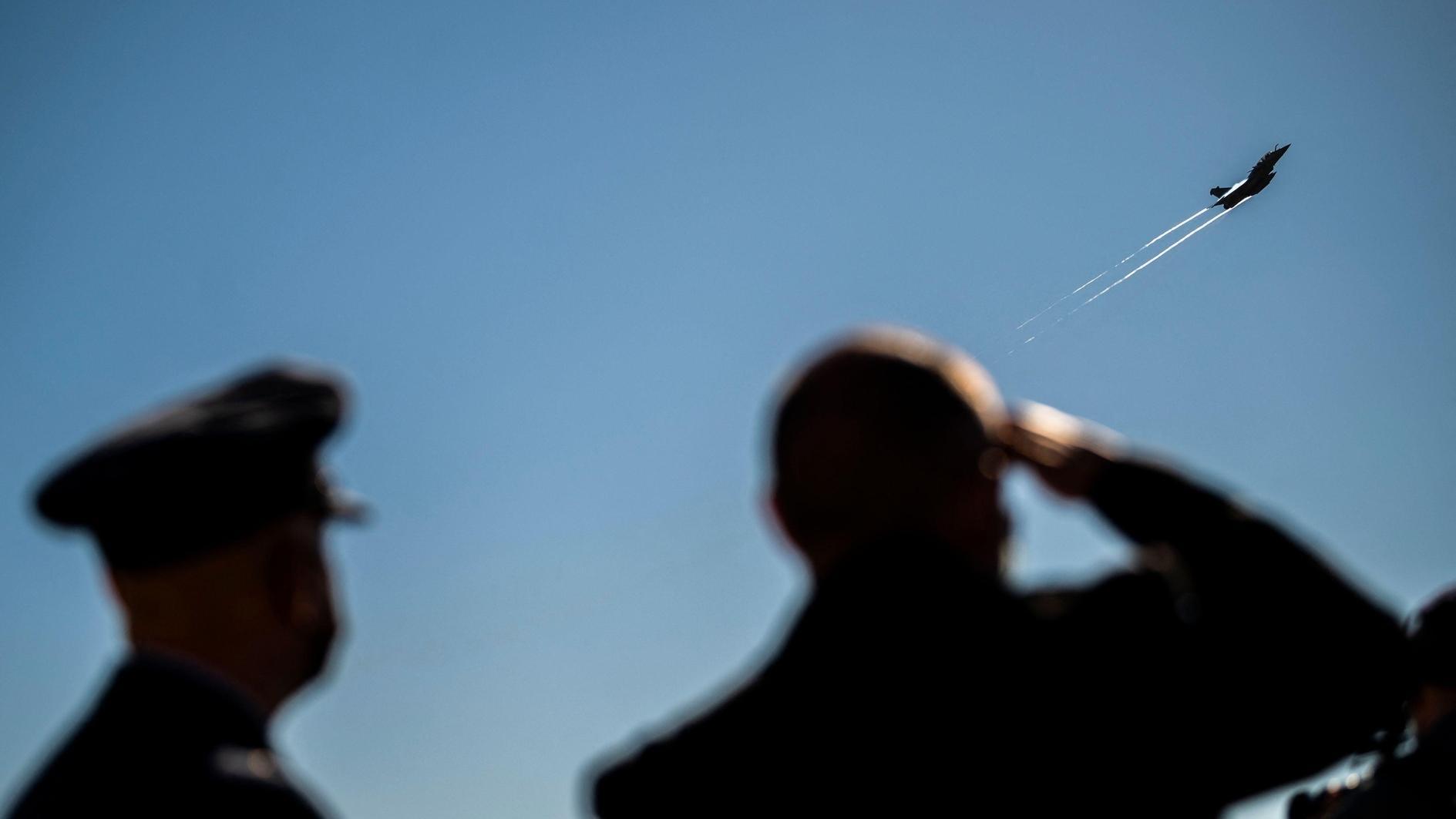Symbolism and dervish clothing
Niki Gamm

The dervish orders were a part of this regimentation with the added feature that each piece of clothing from head to toe had symbolic meaning.
Studies have shown that people tend to dress the way the people around them do, at times consciously, at times without being aware of it. This was particularly true of men historically when they felt, and sometimes actually were, compelled to wear clothing that identified them in terms of profession, status and wealth. The type of garment, headgear, color, material, length and even weapons were determined often by the ruler of a particular state or the head of a guild. The dervish orders were a part of this regimentation with the added feature that each piece of clothing from head to toe had symbolic meaning.Differences in the clothing worn by one sect in comparison with another weren’t readily apparent to the outsider with the exception of the headgear, which indicated the sect to which a person belonged.
Today we are most familiar with that of the Mevlevi because of the whirling ceremonies that are held. According to Prof. Dr. Nurhan Atasoy in her book, Dervis Ceyizi, the conical cap known as a sikke was usually made of felt, shaped on a mould and then fitted to the wearer’s head. In other sects the cap might be folded into a number of layers or seams of symbolic meaning such as one seam might refer to the unity of Allah. These caps among the Mevlevis were colored black, grey, brown and white and were worn by the apprentices and disciples. The members of the order who were on a higher plane wore a sash wrapped around their conical caps which signified the gravestones that would one day stand at the heads of their graves.
Main garments
One of the main garments was the hirka, a woolen, shirt-like garment or cloak with long sleeves, designed to be worn over a man’s entari or tennure (See below). The person who wore one showed that he was knowledgeable in a variety of areas related to the tenets of the sect he belonged to and religious law. This represented a person’s shroud but the cloak represented one’s worldly life as well so when the Mevlevi dervish cast it off as part of the whirling ceremony, it meant he was turning his back on the world in order to get closer to God.
A garment worn over a man’s undergarments that reached from the shoulder to the ankle was called an entari when it had long sleeves or a tennure when it had none. The upper part had one edge longer than the other so that it could be securely closed using a sash. Some had buttons at the top. It had a skirt that was quite broad. A dervish was expected to be without faults such as lying if he wore this garment as it represented his shroud. This is the garment that the Mevlevi dervishes wear when they perform their ceremonial whirling.
A sash or belt (kemer) would be used to keep the clothes closed. The width, perhaps around 10 cm, and color would depend on the mystic sect involved. Usually it would be wound around the man’s waist three times which represented the knowledge of God, the seeing of God and the stage of true existence.
The rida was a woolen, waist-length jacket that was worn by the sheikh of the dervish lodge. Made up of two equal pieces of cloth, the left side was supposed to represent the lodge and the shari’a while the right side stood for education and truth.
All of the pieces of clothing were based on the Prophet Mohammed or the Imam Ali. Either they signified the type of clothing that they wore or clothing they presented to other people. For example, the rida is supposed to have been put over the Prophet’s shoulders during his ride to heaven on Mirac Kandili. He later gave it to Ali. The dervish usually wore a soft leather shoe that reached up just above the ankle.
A dervish’s accessories
Among the accessories were the mengus, keskul, asa and the nefir. The mengus was an earring that, at least, among the Bektasi dervishes, signified someone who wasn’t married. Atasoy noted that the dervish might wear one or two earrings. They might be of different shapes and sizes and different materials such as iron or brass. The dervishes, who took an oath of poverty, were only permitted to beg for one day’s sustenance and they used a keskul as their beggar’s bowl. It had a hard shell or even be made out of metal. Although carried in the hand, it might have a chain so that it could be carried over one’s shoulder like a purse.
The asa was a walking stick made of various hard woods, used by the leaders of the various dervish sects. The tradition is said to date back to the Prophet Mohammed who is reported to have used one. Actually it was more of a staff as it was usually cut at four cm. above shoulder height. Ebony and rose wood were considered to be the best hard woods to use.
The nefir was a horn from an animal like an ox that was mostly carried by dervishes who wandered from place to place. Colors had particular significance, differing from one mystic sect to another. Green, however, was associated with descendants of the Prophet Mohammed and Ali. Black was also associated with the clothes that the Prophet wore on certain occasions. While blue was worn by dervishes, it was rejected by others who considered a color worn by Christian monks. Red of course symbolized blood as it does in many cultures.
After the republic of Turkey was established in 1923, a series of laws were promulgated with the intent of eliminating reminders of the Ottoman Empire. The most important one in regard to the dervishes was the law abolishing the dervish orders. Under the same law it was forbidden to wear clerical garb in public except under certain circumstances such as funerals. So today the only time one has an opportunity to see dervish clothing is during the performance of the Mevlevi ceremonial whirling.
















